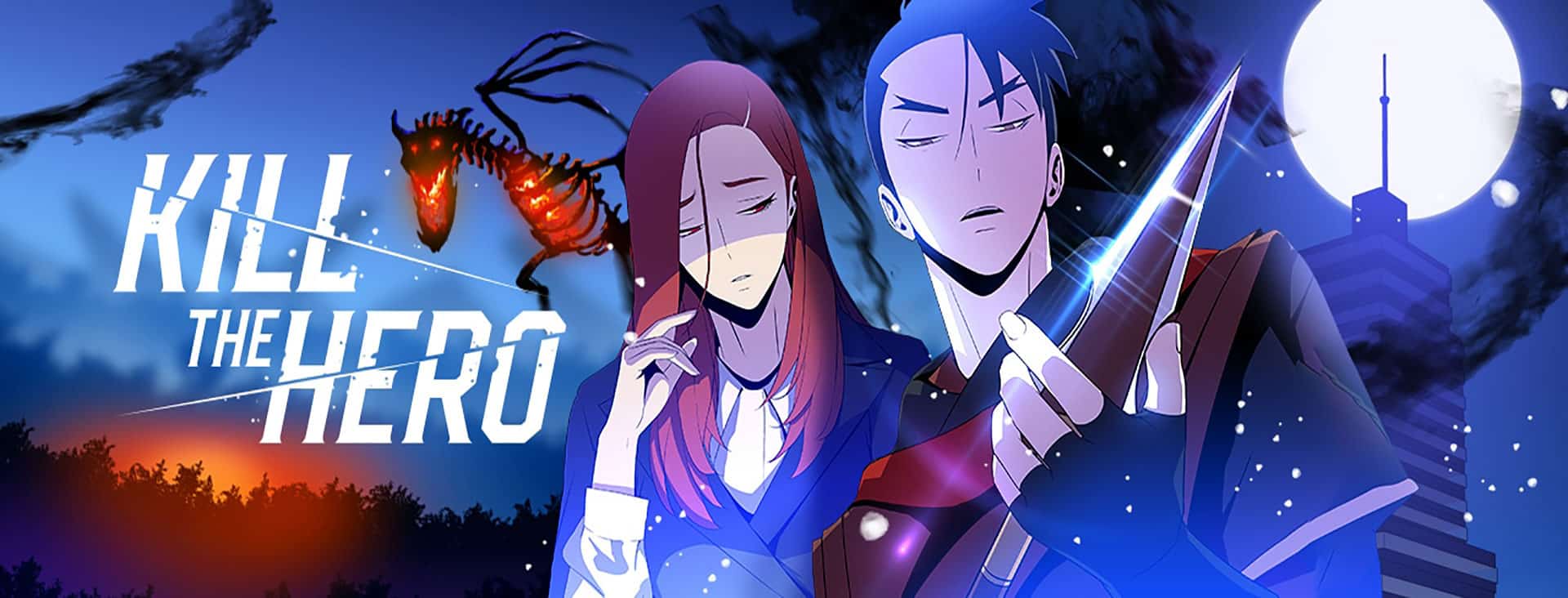In Kill the Hero Chapter 128, the narrative unfolds in a captivating and distinctive manner, drawing readers into a story that promises to be both engaging and uniquely memorable. The chapter delves into the complexities of the protagonist’s journey, exploring themes of heroism, sacrifice, and the pursuit of justice.
As the protagonist navigates a treacherous path filled with challenges and moral dilemmas, readers are invited to reflect on the nature of heroism and the sacrifices that must sometimes be made to achieve it. The chapter’s intricate plot and well-developed characters create a compelling and immersive experience that will leave readers eagerly anticipating the next installment.
Story Summary
Plot Overview
Chapter 128 of “Kill the Hero” begins with Sung Jin-Woo and his team facing off against the Beast Monarch, Baran. Baran reveals his plan to merge with the Shadow Monarch and rule the world. Sung Jin-Woo attempts to fight Baran, but he is overwhelmed by the Monarch’s power. However, with the help of his teammates, Sung Jin-Woo is able to defeat Baran and absorb his power.
Main Characters and Their Actions
* Sung Jin-Woo: The protagonist of the story, who fights against the Beast Monarch, Baran.
* Baran: The Beast Monarch, who plans to merge with the Shadow Monarch and rule the world.
* Sung Jin-Woo’s Team: Sung Jin-Woo’s teammates, who help him defeat Baran.
Character Analysis: Kill The Hero Chapter 128
Chapter 128 showcases significant character development for the protagonist, delving into their motivations, conflicts, and the impact of their actions on their journey.
The protagonist’s actions are driven by a deep-seated desire for justice and a determination to protect the innocent. Their unwavering resolve is evident in their willingness to face danger and confront powerful adversaries. However, their actions are also tempered by a growing sense of compassion and a realization of the complexities of the world they inhabit.
Motivations and Conflicts
The protagonist’s primary motivation is a thirst for justice. They have witnessed firsthand the horrors inflicted upon the innocent and are driven by a deep-seated desire to make the world a better place. This motivation is fueled by a profound sense of empathy and a belief in the inherent goodness of humanity.
However, the protagonist’s journey is not without its conflicts. They are constantly torn between their desire for justice and the need to protect the innocent. This conflict is evident in their interactions with allies and enemies alike, as they struggle to find a balance between their ideals and the harsh realities of the world.
Theme Exploration

Chapter 128 of Kill the Hero delves into profound themes that shape the narrative and resonate with readers.
The Nature of Power and Responsibility
The chapter highlights the complexities of power and the immense responsibility that comes with it. Lee Jin-ah, as the strongest Hunter, grapples with the weight of his abilities and the consequences of his actions. The story emphasizes the need for accountability and ethical decision-making, as Jin-ah’s past choices haunt him and influence his present.
The Illusion of Control
Kill the Hero explores the illusion of control in a world of chaos and uncertainty. Jin-ah’s desperate attempts to manipulate events and control his destiny are met with resistance and unexpected outcomes. The story suggests that true control lies not in dictating the future but in adapting to the unpredictable nature of life.
The Power of Hope and Perseverance
Despite the challenges and setbacks, Kill the Hero celebrates the power of hope and perseverance. Jin-ah’s unwavering determination and the unwavering support of his companions serve as beacons of resilience. The story reminds us that even in the darkest of times, hope can be a catalyst for change and a source of strength.
Literary Techniques
Chapter 128 of Kill the Hero employs various narrative techniques to enhance the storytelling and captivate the reader. These techniques include foreshadowing, flashbacks, and vivid imagery, which contribute significantly to the overall impact of the story.
Foreshadowing, Kill the hero chapter 128
Foreshadowing is used throughout the chapter to hint at future events and create a sense of anticipation. For example, the mention of a “dark shadow” looming over the protagonist foreshadows the impending danger that he will face later in the story. Similarly, the description of the “blood-red sky” foreshadows a violent and chaotic event that is yet to come.
Flashbacks
Flashbacks are used to provide backstory and context to the present events. In this chapter, a flashback is used to show the protagonist’s past as a young boy, revealing the traumatic experiences that shaped his character. These flashbacks add depth to the protagonist and help the reader understand his motivations and actions.
Vivid Imagery
Vivid imagery is used to create a strong sensory experience for the reader. The descriptions of the protagonist’s surroundings, such as the “dank and oppressive” dungeon, or the “screams of agony” echoing through the halls, immerse the reader in the story and enhance the emotional impact of the events.
Closing Notes
Kill the Hero Chapter 128 is a masterful blend of action, adventure, and thought-provoking themes that will resonate with readers long after they finish reading. The chapter’s exploration of heroism, sacrifice, and the complexities of human nature makes it a must-read for fans of the series and anyone who enjoys a captivating and unforgettable narrative experience.
Q&A
What is the main theme of Kill the Hero Chapter 128?
The main theme of Kill the Hero Chapter 128 is the exploration of heroism, sacrifice, and the pursuit of justice.
Who is the protagonist of Kill the Hero Chapter 128?
The protagonist of Kill the Hero Chapter 128 is a complex and well-developed character who faces a series of challenges and moral dilemmas on their journey.
What is the significance of the setting in Kill the Hero Chapter 128?
The setting in Kill the Hero Chapter 128 plays a vital role in shaping the narrative, creating a sense of danger and adventure that adds to the chapter’s overall impact.